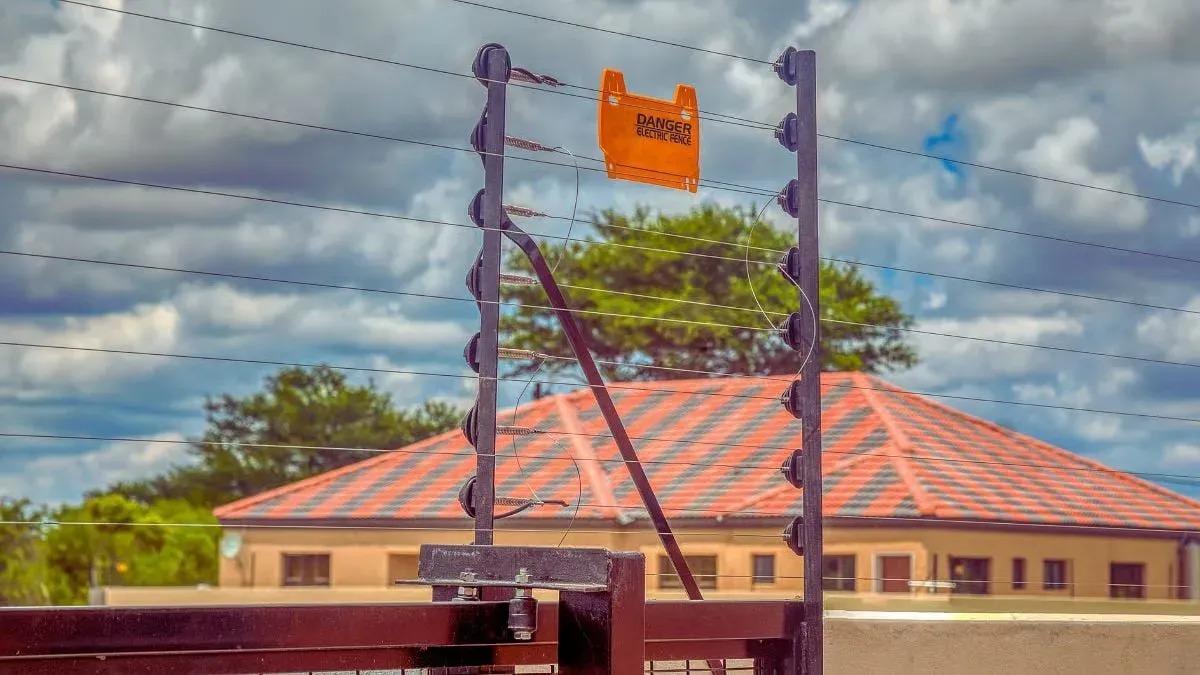Your Assets and Underinsurance
Your home is likely to be your most substantial financial investment. That’s why insuring it correctly is so important.
Your home is likely to be your most substantial financial investment. It’s also the absolute cornerstone of your lifestyle and family – it’s your security, your happy place, your stability, your castle. That’s why insuring it correctly is so important.
“If you lost your entire home with everything in it in a fire, or all your possessions were carried off by the local crime syndicate, and you didn’t have insurance to protect you from the financial repercussions, you’d be up the creek without a paddle. You would also still be liable for any outstanding debt on the bond or contents, despite the fact that you no longer have them. Paying off the existing debt and trying to fund your replacement digs at the same time would be pretty impossible,” explains Hollard.
That’s where insurance comes in – one of the finest financial planning tools ever invented. By paying an insurance premium every month, reviewing and updating your policy every year, and sticking to some basic risk prevention strategies on your part, you get to live and love your life and seize opportunities, safe in the knowledge that if something does go wrong, they’ll soon be set right thanks to your insurance. All of this comes with the proviso that you’re correctly insured right from the start and that you adhere to the terms and conditions of your insurance policy.
One of the most important aspects of home insurance is to avoid being underinsured and having, what insurers call, the ‘condition of average’ applied come claims time.
What is Underinsurance?
In a nutshell, it means that your insured values are less than what it would cost to replace the lost or damaged items. So, while your insurance will help towards recovering some of your losses, there is going to be a shortfall. The replacement value refers to what it would cost you at the time of a claim to replace lost or damaged items with new ones.
What is the condition of Average?
In assessing your claim, the insurer will work out if you were underinsured prior to the claim, and to what extent. If you were underinsured, then only a part of your claim will be paid out after the principle of ‘average’ has been applied. The claim amount that will be paid will be calculated as follows:
(Sum insured / Replacement value) x Amount of total loss
Here’s a simple example to illustrate:
The contents of a home are insured for R300 000. The actual replacement value of all the contents is R600 000. If the house is burgled and contents worth R60 000 are stolen, the claim amount would be calculated as follows:
(R300 000 / R600 000) x R60 000 = Claim amount payable of R30 000 This means there will be a shortfall of R30 000 because the home contents were underinsured by 50%.
How to avoid underinsurance:
- Take an inventory of all your contents
Do a proper inventory of your home contents every year, starting from the smallest right through to the biggest, and then attach a value to what it would cost to replace such items. Home contents insurance is based on a total sum insured value and it’s virtually impossible to guesstimate what that value should be in the absence of a comprehensive inventory list. The home contents sum insured should reflect the cost of replacing the entire home’s contents with new items should it all be lost, stolen or damaged. At the same time, you don’t want to be paying insurance for items you no longer have.
- Insure your buildings at replacement value, not market value
The buildings sum insured must cover the cost of replacing the actual structural building, including outbuildings (such as a granny flat or a shed, paths, driveways, swimming pool, walls, fences, gates and a play area), should they be totally destroyed. Remember there is a difference between the market value, which is what you would get for your home if you sold it on the open market, versus what it would cost to completely rebuild it to the same standard at today’s building prices if it burned to the ground. You also need to factor in ‘hidden’ costs such as rubble removal and new building plans.
- Update your sum insured regularly
Replacement values change over time, especially on appreciating assets like property. This could be due to inflationary factors, as well as exchange rates which impact the replacement values on imported goods such as appliances. Therefore, an annual review is essential. If necessary, get a professional valuation.
- Pay special attention to items which you remove from your home
You will need portable possessions cover for these items, which is different to home contents cover. Examples of these types of items are jewellery, watches, sunglasses, cell phones and laptops which must be specified to enjoy cover. If you have portable possessions cover then you will be covered for the specified items whether the insured event happens in or out of your home. If you only have home contents cover for these items, then you will only be covered if the insured event happens within your home.
- Always insure for worst case scenarios
Insurance is there to give you peace of mind and protect you from total losses because of, for example, a fire or flood. So, make sure you insure all your items and not just what you think might be stolen in a burglary.
Please contact us if you need any assistance in establishing the correct values for your assets.



